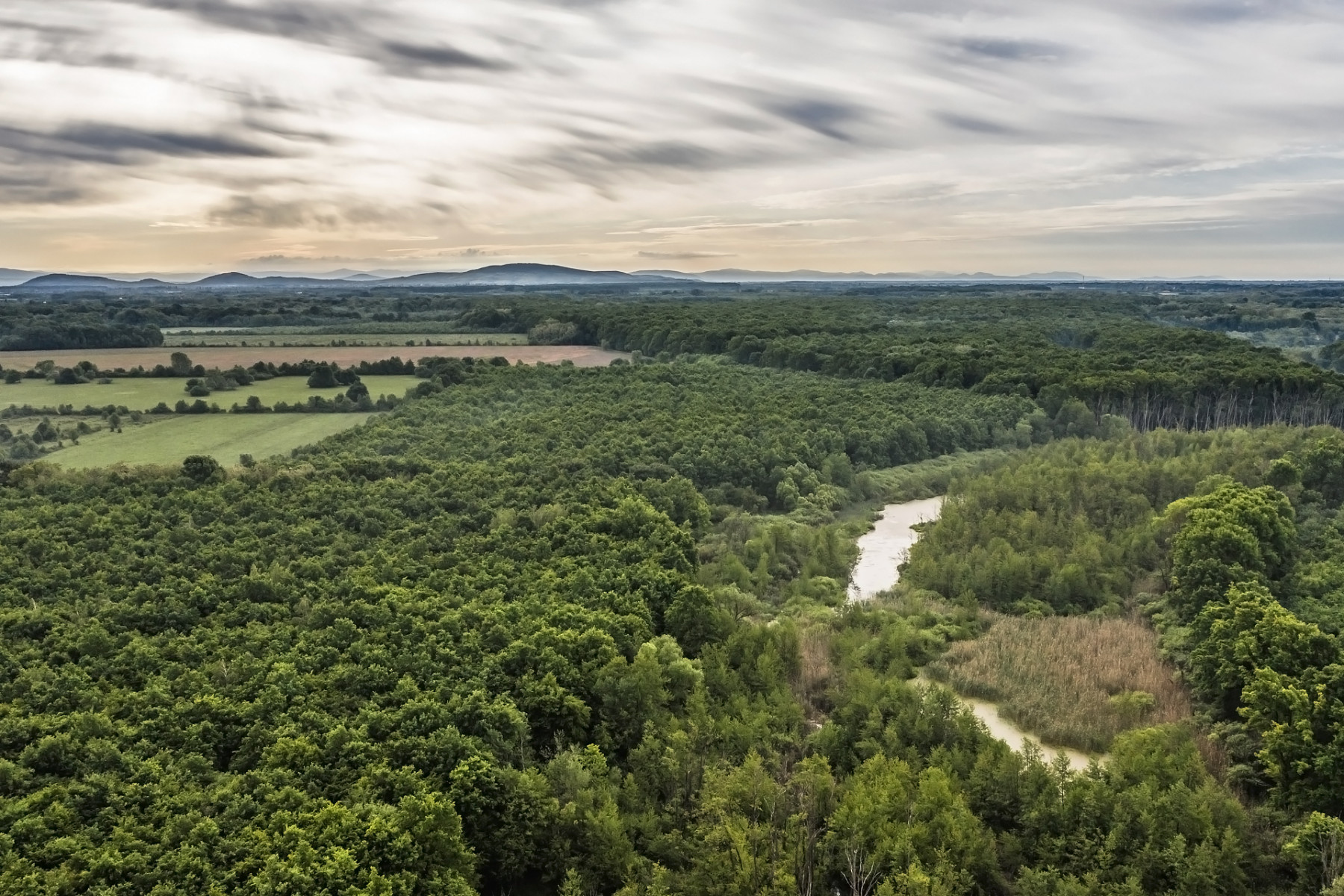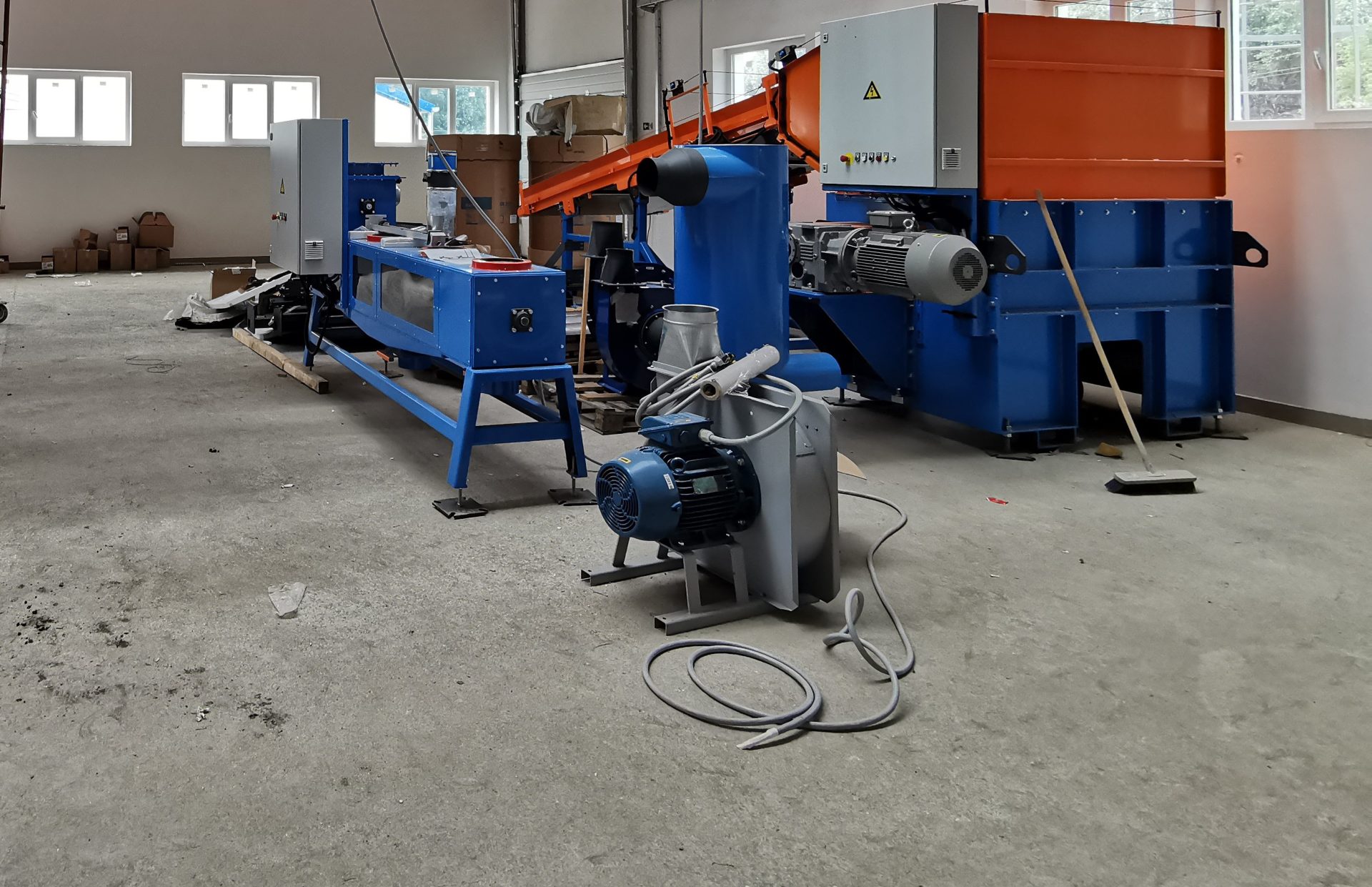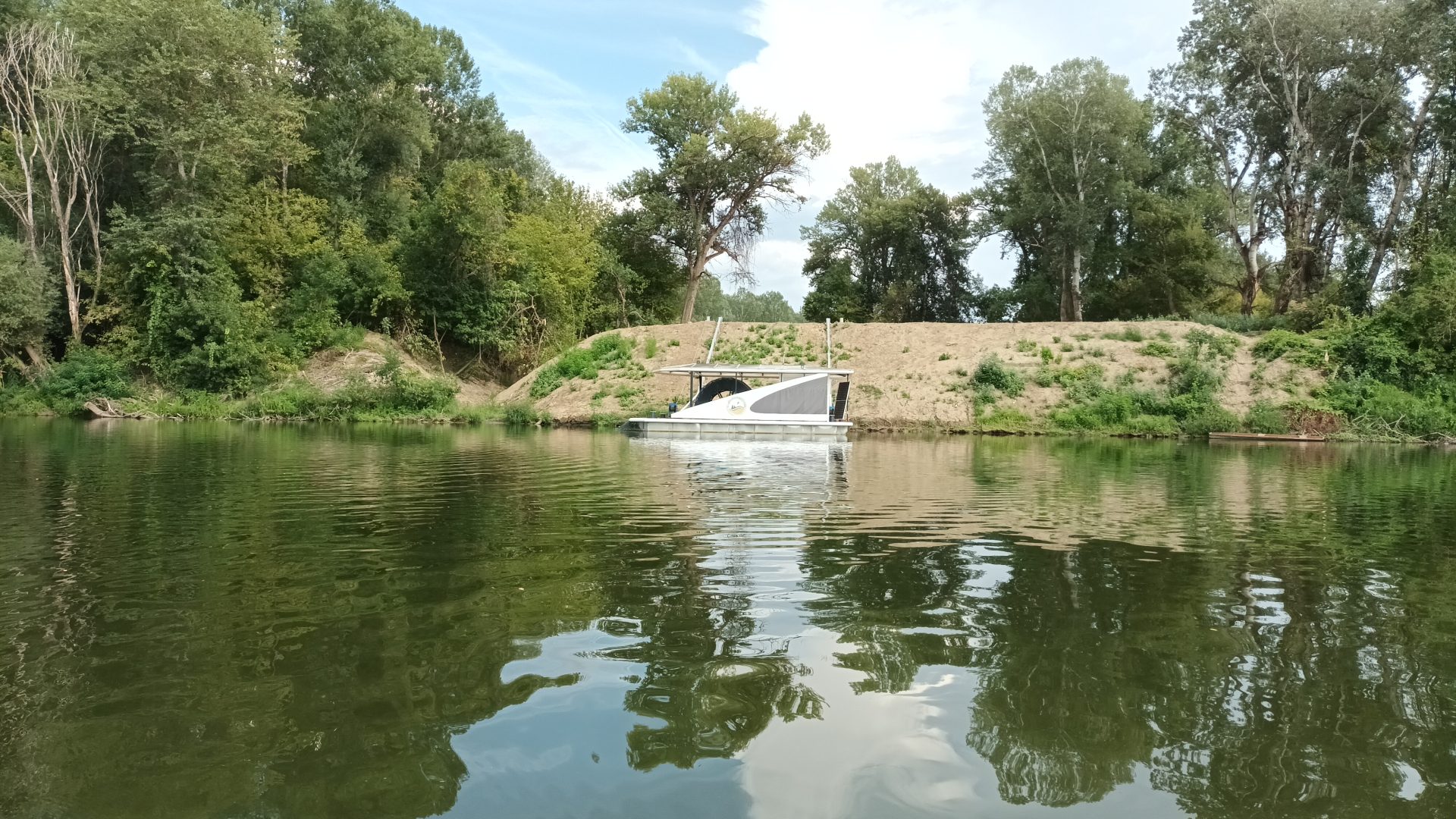The project titled “Habitat Rehabilitation in the Kis-Tisza at Tiszakürt and Restoring Water Supply to Peatlands in the Bereg and Nyírség Regions”, led by the Hortobágy National Park Directorate, is a great example of how nature conservation goals can go hand-in-hand with climate adaptation efforts.
As the effects of climate change become more pressing, the KEHOP-4.1.0 funding call recognized the urgent need for solutions, particularly in water management. The program aimed to improve water security, prevent water-related damage, enhance the water supply to natural habitats, and modernize infrastructure—all with the goal of reducing the negative impacts of climate change. Funded projects were also expected to support the ecological integrity of Natura 2000 areas, contribute to the objectives of the EU Water Framework Directive and the National River Basin Management Plan, and improve the conservation status of natural habitats. Wetlands play a crucial role in the water cycle and help regulate local temperatures.
One of the main sites of the HNPI project was the Kis-Tisza area in Tiszakürt, located in the Middle Tisza region. Once a thriving aquatic habitat, the area had gradually filled in, dried out, and become overgrown with invasive vegetation. As part of the restoration, a 4-hectare temporary wetland was created by dredging in line with the original riverbed’s natural shape. The aim was to restore habitat for protected species within the Natura 2000 network, such as herons, for whom the area serves as an important feeding ground.
To maintain more stable water levels, an earthen channel was constructed to connect with the Tisza River’s average water level, providing both water supply and drainage. A new water control structure was also built to regulate flow and ensure the long-term sustainability of the wetland, while adapting to the natural rhythms of the Tisza.
Another key part of the project focused on replenishing water supplies to peatland habitats in the Bereg and Nyírség regions. These areas—including Mohos and Nyárjas Lakes (Kállósemjén), Nyíres Lake, Bábtava, Zsid Lake (Beregdaróc), and Bence Lake (Csaroda)—are home to rare and valuable ecosystems that are particularly sensitive to changes in water availability.
To improve water retention in these areas, outdated systems were upgraded or replaced with new pipelines and pumps. Additional water-retention structures and embankments were also built. These technical improvements help keep water in place for longer periods, stabilizing and even improving the condition of the habitats. This work helps protect natural assets of national and even European importance.
The interventions carried out through the project improved habitat conditions, boosted water security, and strengthened nature conservation infrastructure. They also helped reduce environmental stress, increased resilience to climate change, and laid the foundation for long-term sustainability in protected areas.
Beyond its environmental benefits, the project stands out as a national best practice. It shows that targeted habitat restoration, paired with modern infrastructure, can be a powerful strategy to mitigate the impacts of climate change.
The development was implemented from EU funding in the project KEHOP-4.1.0-15-2016-00034 under the Environmental and Energy Efficiency Operational Programme.
Find out more about the project in the Project Finder: Details









